Pieter Hugo on Photographing the Complex Beauty of Life
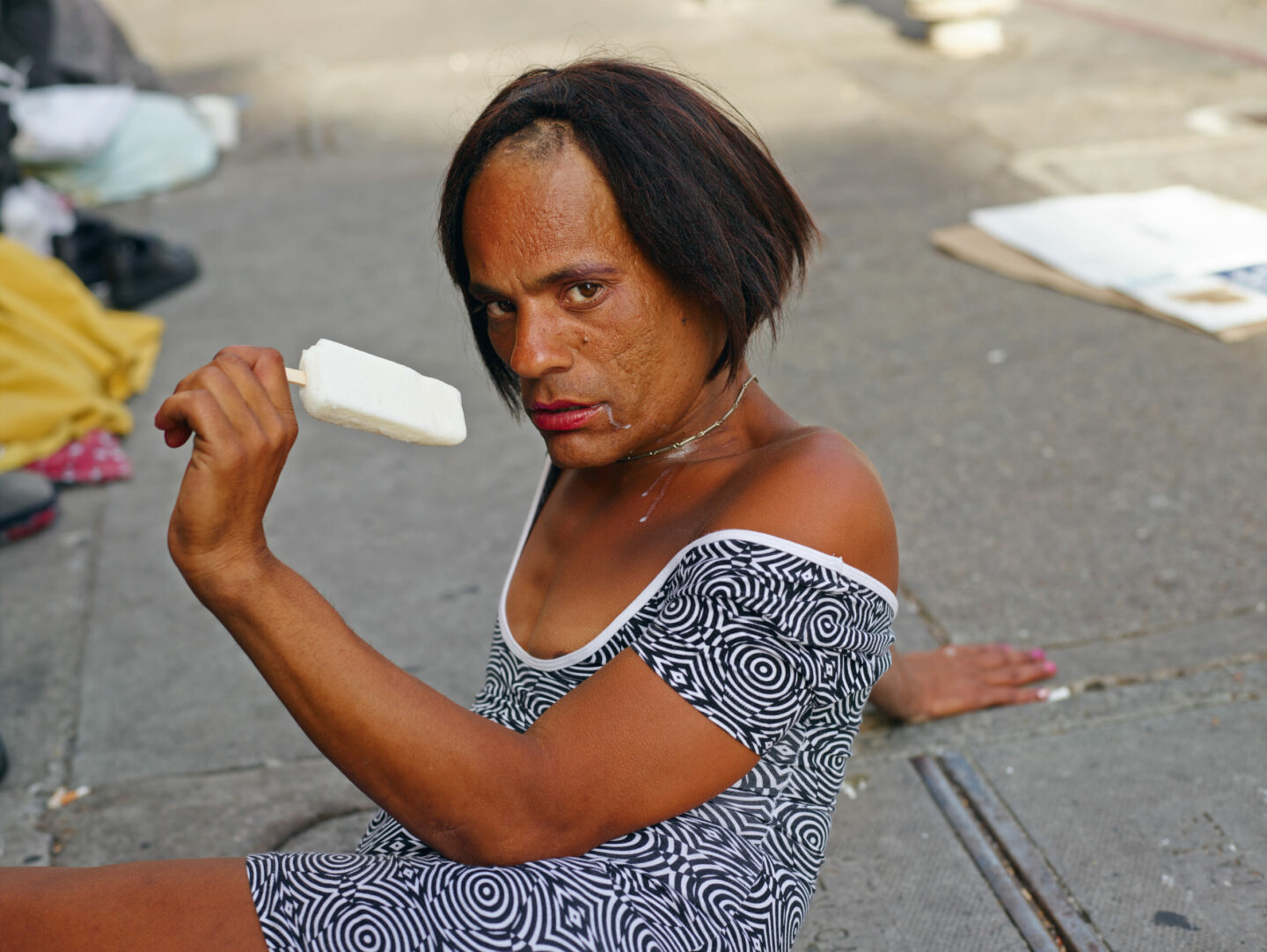

Words: Chris Erik Thomas.
The artist Pieter Hugo has captured images of people across China, Jamaica, the US, Mexico, Ghana, Nigeria, Liberia, and many other countries, before he became a world-renowned photographer, he was just a teenage boy with a camera. Gifted to him by his father – an amateur photographer himself — the camera became a critical window for Hugo to interact with and understand the world around him in South Africa.
“I personally never really felt like I fitted in. Growing up in a community where critical self-reflection was frowned upon and discouraged,” he explained over email. “Everything I saw growing up was mediated by an authoritarian state. Photography for me is essentially about the act of seeing, and I wanted to see for myself.”
Seeing for himself has paid off. Despite no formal training, the photographer has spent decades amassing a body of work that has landed his work in the collections of such institutions as the Centre Pompidou, Rijksmuseum, the Museum of Modern Art, V&A Museum, San Francisco Museum of Modern Art, and Metropolitan Museum of Modern Art. Alongside his solo and group shows, the photographer has also won and been shortlisted for multiple photography awards.
With his dedication to capturing portraits of the people on the outskirts of society, Hugo has opened their world up and allowed viewers a peek inside of these beautiful microcosms. As his Cologne-based gallery Priska Pasquer prepares to show images from two of his portrait series – Solus Vol I and Californian Wildflowers – we caught up with Hugo to talk about how his practice has shifted and why there’s a piece of him in every portrait.
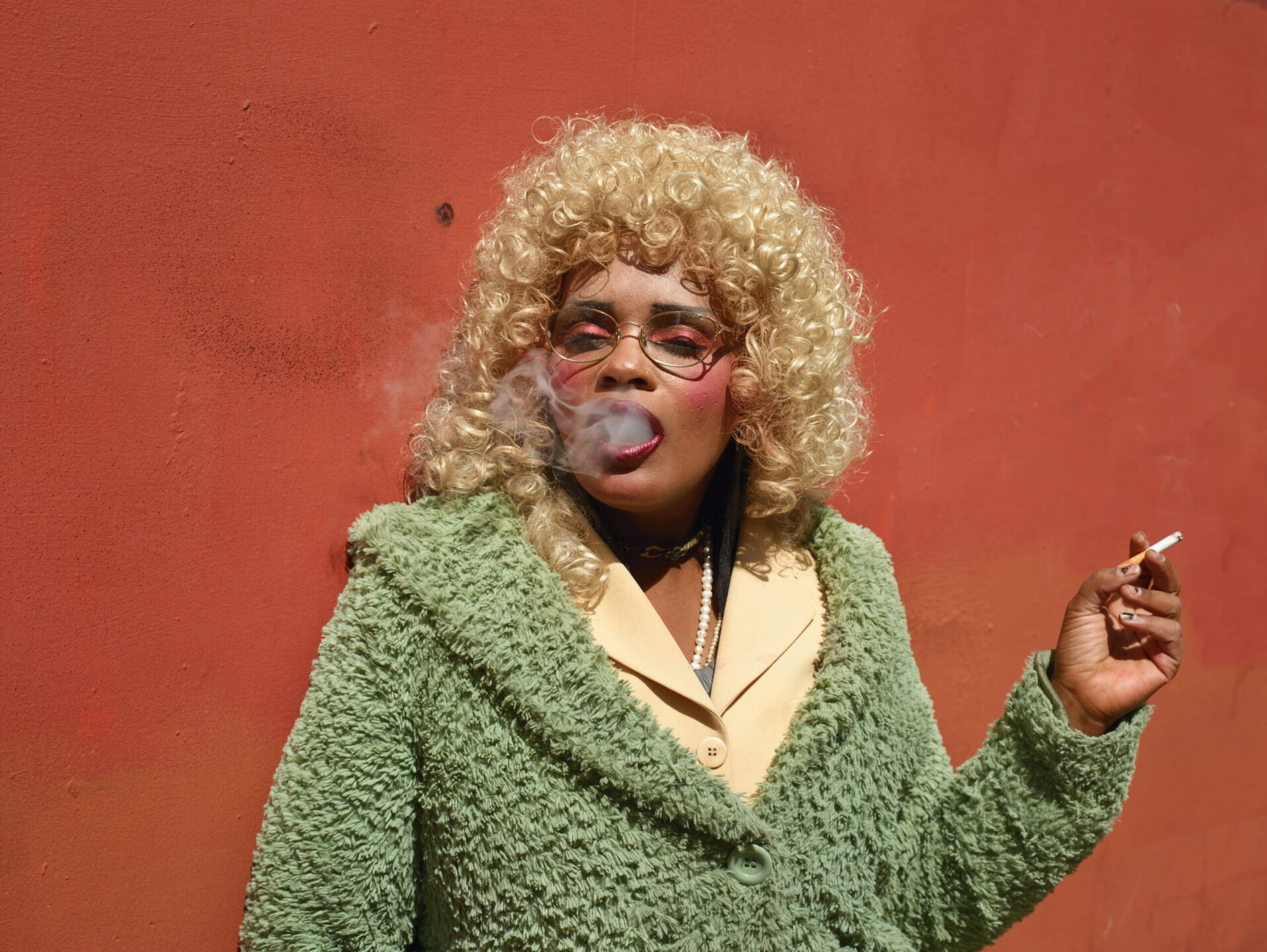
Pieter Hugo. Untitled, San Francisco, 2014 from the series "Californian
Wildflowers", c-print. 105 x 139 cm. ©Pieter Hugo, courtesy PRISKA PASQUER, Cologne.
What inspired the works you have on view at Art Dusseldorf?
There are two series being shown, Solus Vol I and Californian Wildflowers. Although they are very different they both are within the traditions of portraiture. Both are born out of a desire to look critically and engage. And to find parts of me refracted in the rest of the world.
Can you speak more about these two series?
Solus Vol I explores the shifting aesthetics of youth culture. It is a typological series that looks at atypical beauty as manifest in fashion models and aspirate models. For many years the function of contemporary portraiture as a means of representing youth has become elusive in a culture largely driven by perfection and homogeneity. Increasingly advertising, media, fashion et al have started using and celebrating people with atypical beauty. I am interested whether this is truly a celebration or whether it is just a creation of a new “target audience”, or perhaps both.
Californian Wildflowers is a portrait series made in 2016 in the Tenderloin District of San Francisco and Skid Row in Los Angeles where I photographed a wide spectrum of homeless people. I am not unfamiliar with homelessness. The streets around my studio in Cape Town are home to a large population of unhoused poor. Their number probably exceeds that in California. I have made portraits of homeless people in South Africa. It is a fraught genre, so often linked to a moralizing stance.
Homelessness is one word that covers a range of different situations. I met people with mental disorders, addicts, victims of the 2008 recession, war veterans, men and women who had made bad lifestyle choices, as well as people who for whatever reason liked living rough. Notwithstanding their terrible circumstances, which are real and inescapable, there is something quite ecstatic in the poses and gestures of the people I photographed – and a lawlessness too.
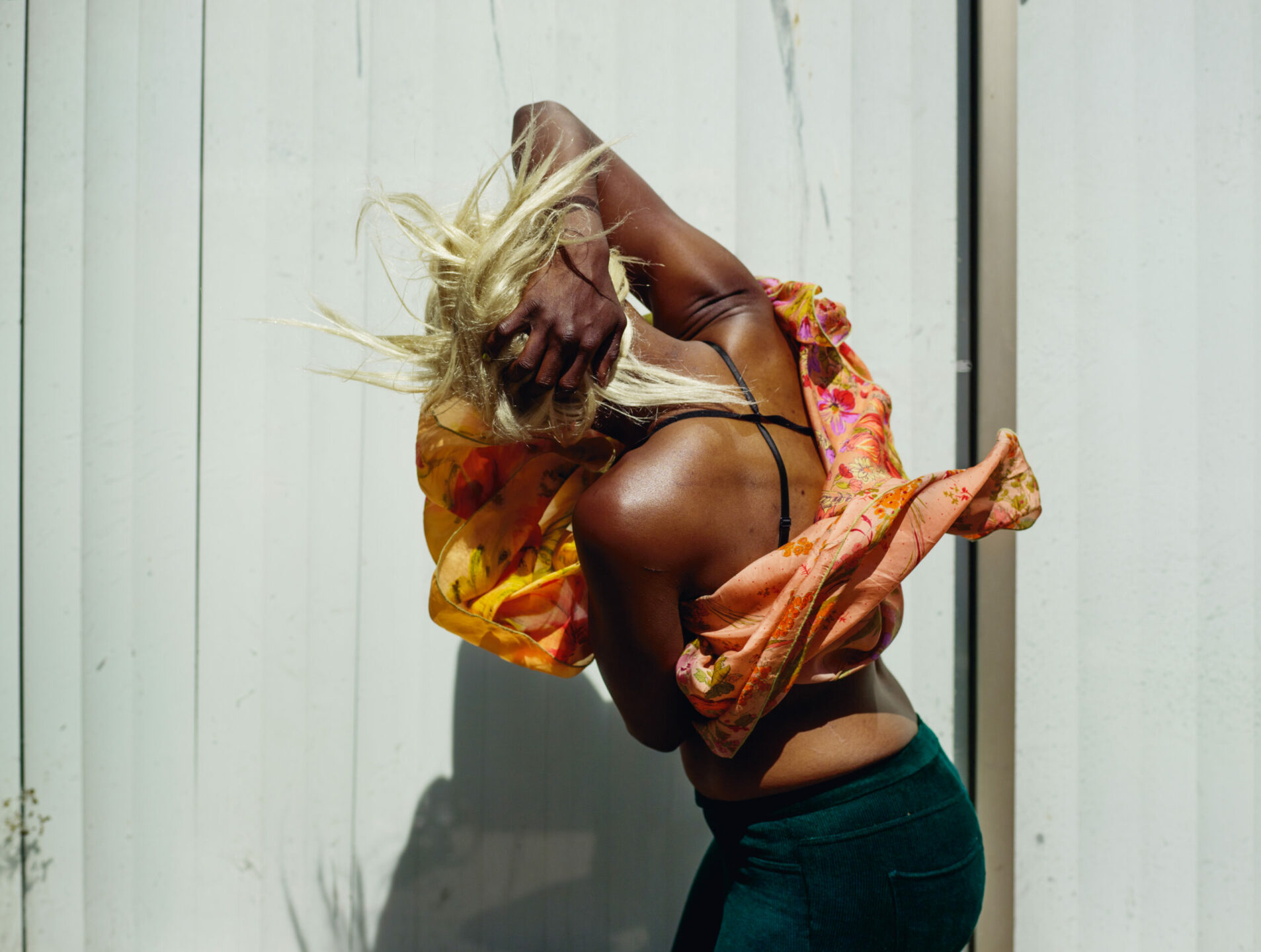
Pieter Hugo. Untitled, San Francisco, 2013 from the series "Californian
Wildflowers", c-print. 105 x 139 cm. ©Pieter Hugo, courtesy PRISKA PASQUER, Cologne.
I am attracted to difference, to what is unique, to the asymmetrical.
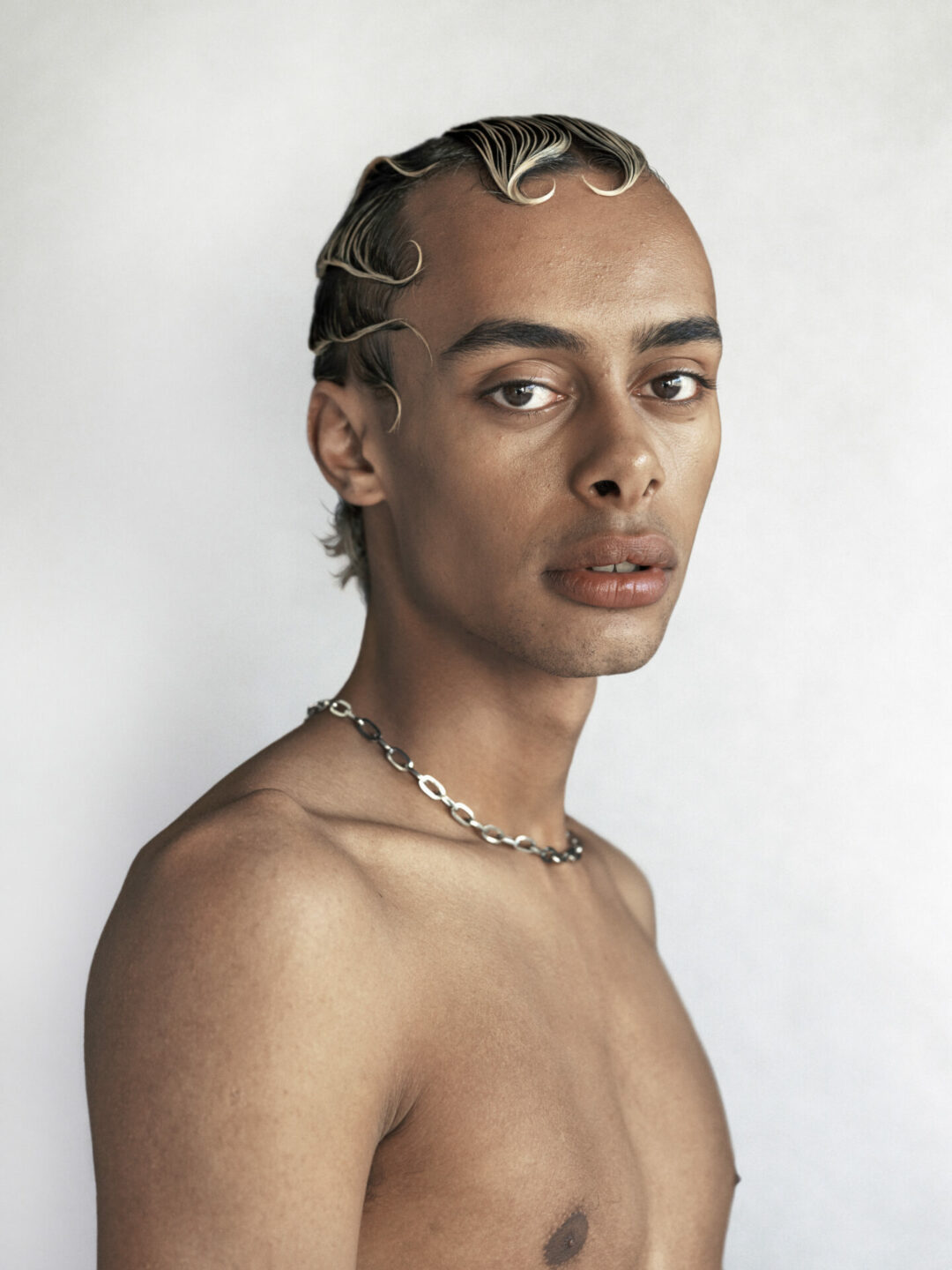
Pieter Hugo. Alan, Paris, 2019, from the series "Solus Vol. 1." Pigment print. 53 x 42 cm. ©Pieter Hugo, courtesy PRISKA
PASQUER, Cologne.
You came of age during the AIDS pandemic where the appearance of health was a buffer against being grouped into the “sickly” and blending in was encouraged. How did this era shape how you approach portraiture? Especially in regard to what kind of people you choose to take photos of.
Well, I personally never really felt like I fitted in. Being white in South Africa. Growing up in a community where critical self-reflection was frowned upon and discouraged. Everything I saw growing up was mediated by an authoritarian state. Photography for me is essentially about the act of seeing, and I wanted to see for myself. Regarding the part of your question about how this shaped my approach to portraiture: I am attracted to difference, to what is unique, to the asymmetrical. That is my personal curiosity. To not address that curiosity would be dishonest.
You are entirely self-taught with no formal education. What inspired you to pick up a camera? Was there anyone or anything specifically that lit this spark?
My father bought me a camera when I was a teenager. It became a good excuse to engage with the world in a visually analytical way.
What prompted your father to buy you a camera? Also, how has his support for your work evolved over the years?
My father was an enthusiastic amateur photographer. Unfortunately, he passed away last year but I think he was proud of my commitment to my craft.
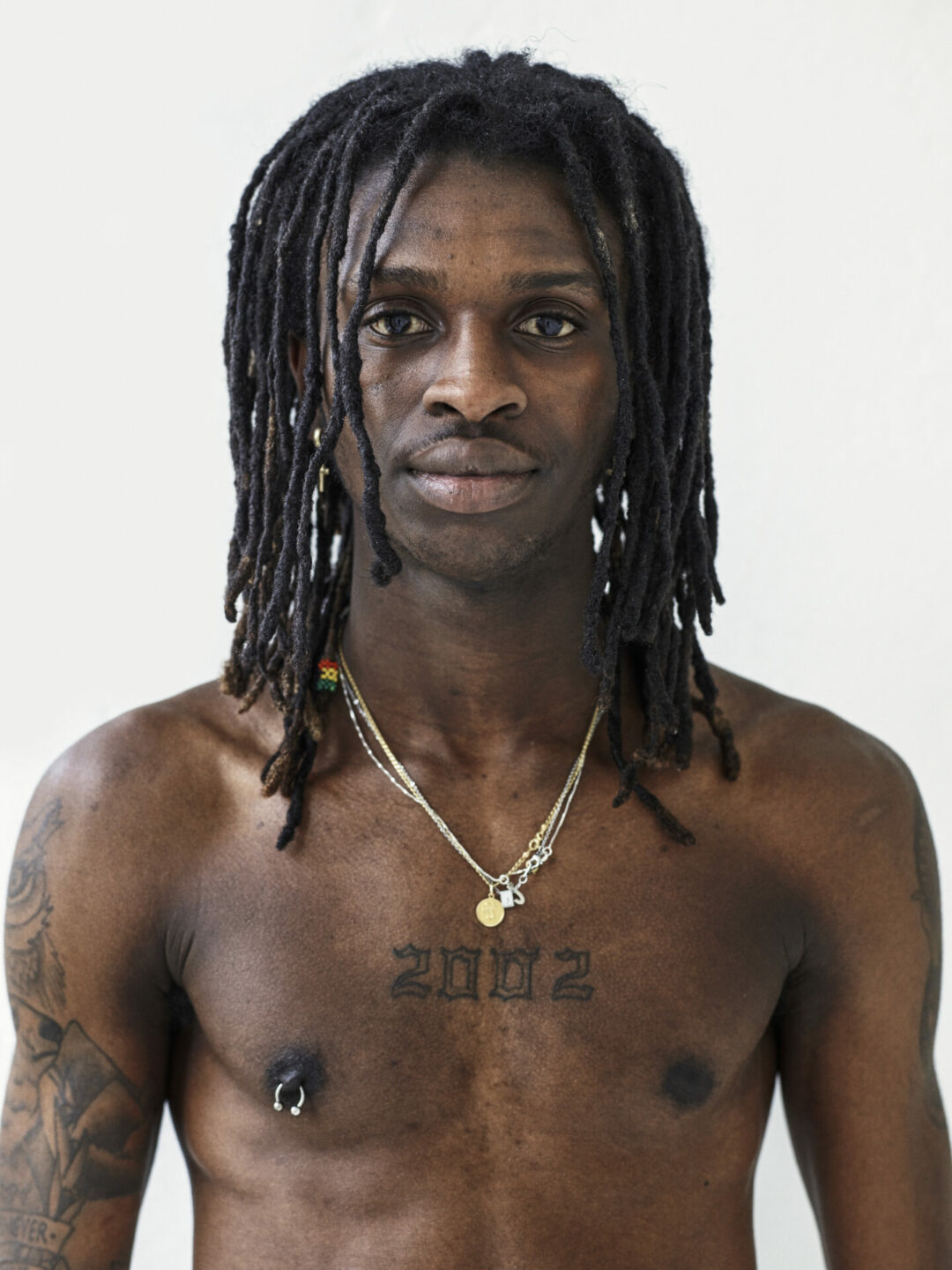
Pieter Hugo. John, London, 2020, from the series "Solus Vol. 1." Pigment print. 53 x 42 cm. ©Pieter Hugo, courtesy PRISKA
PASQUER, Cologne.

Pieter Hugo. Sarah, New York, 2020, from the series "Solus Vol. 1." Pigment print. 53 x 42 cm. ©Pieter Hugo, courtesy PRISKA
PASQUER, Cologne.
How has your artistic practice adapted to the pandemic?
I refocused on my immediate family and worked collaboratively with them to make images.
How important are art fairs for you as an artist?
Art fairs are important to me as they give exposure to my work, they are financially important as they enable me to sustain my practice as an artist and provide for my family and dependents.
What message do you want viewers to take away from the art you’re showing at Art Dusseldorf?
A celebration of the diversity and complexities of life.
How much of your own personal history do you try to bring to your work? Or, alternatively, do you try to keep as much of yourself out of your portraits as possible?
There is part of me in all my portraits. Even though it feels like I’ve been doing it forever, I am still daunted. It is easier to alienate a stranger than it is to get to know a stranger. You first have to explain who you are and what your intentions are, and then answer to the inevitable [question of] “Why?” Then the act of persuasion, coming to an agreement. The subject has to be willing to give something. I don’t want it to feel like the image was taken with me only taking. It needs [something], and I hope for a moment of voluntary vulnerability, by both the subject and by me.
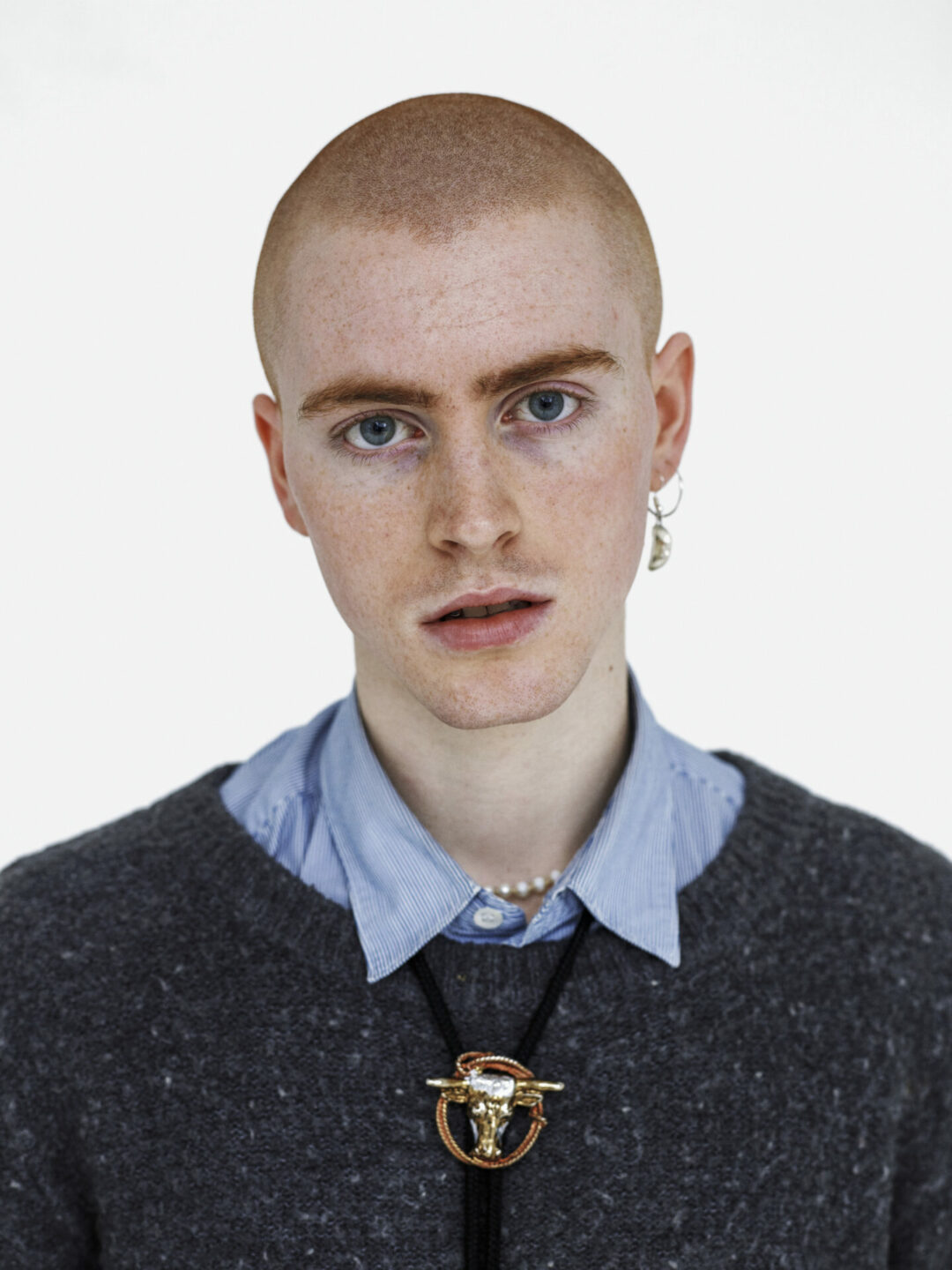
Pieter Hugo. James, London, 2020, from the series "Solus Vol. 1." Pigment print. 53 x 42 cm. ©Pieter Hugo, courtesy PRISKA
PASQUER, Cologne.
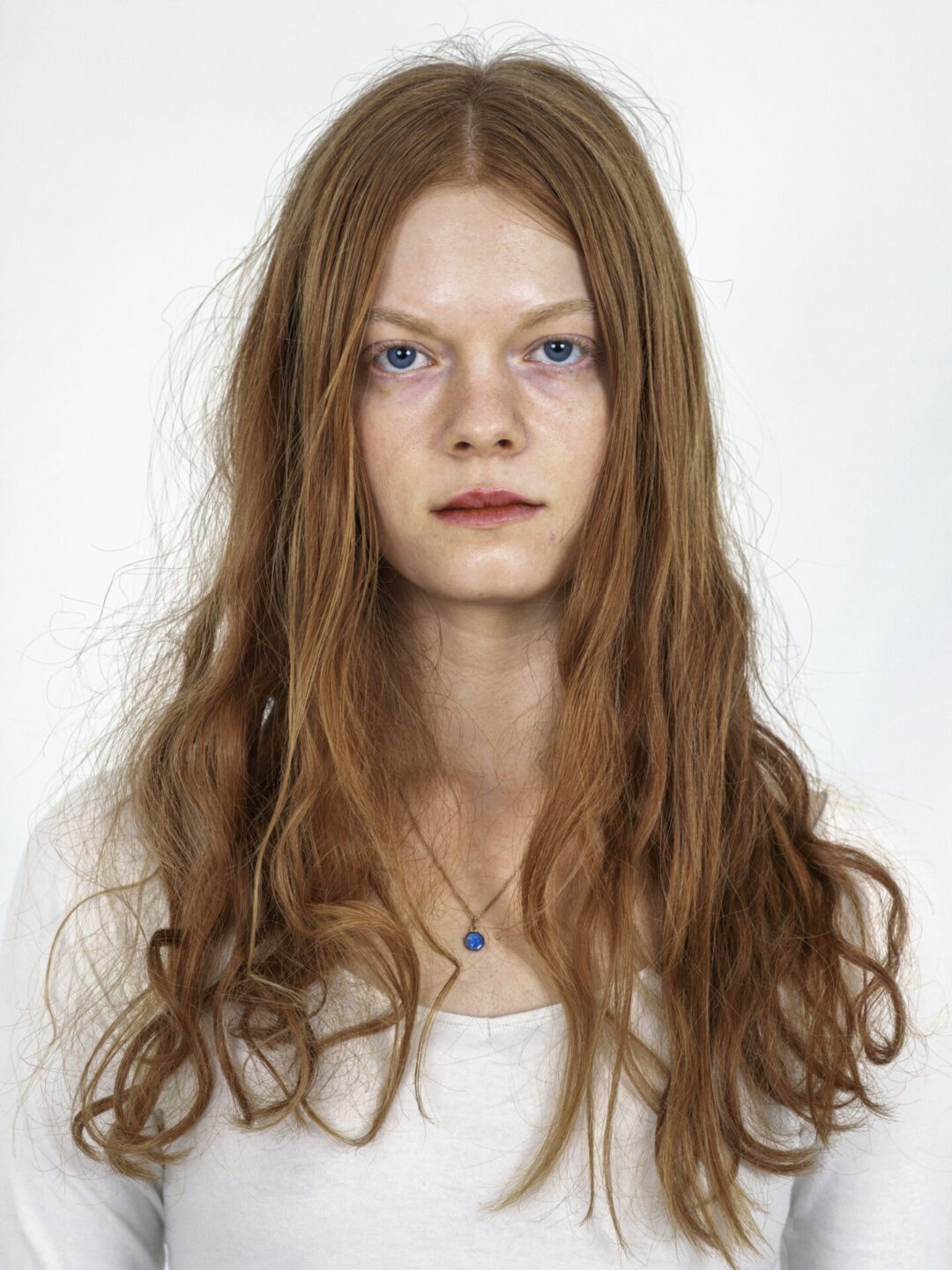
Pieter Hugo. Morgan, New York, 2020, from the series "Solus Vol. 1." Pigment print. 53 x 42 cm. ©Pieter Hugo, courtesy PRISKA
PASQUER, Cologne.
How did you get involved with Priska Pasquer?
Priska collected a work of mine and we have mutual friends. A few years ago, she changed her gallery’s program and my work suited the direction, the rest is history.
Which piece of work did Priska buy before you joined the gallery? Also, what was the new direction that they went in that led to you joining?
She bought a work from the Hyena and Other Men series. Priska’s gallery focus at that time was very much on Japanese photography. She decided to expand the program and embrace contemporary art beyond lens-based media, particularly looking at art that addresses the huge technological shifts happening in our world.
You’ve photographed people on the fringes of society in Ghana, Nigeria, Liberia, and so many other countries. Have you ever been confronted with criticism about documenting these groups as a white South African and, if so, how do you handle these critiques?
Well, I have also published books and shown significant bodies of work made in China, Jamaica, the US, Mexico. I’ve published four monographs which were all framed in South Africa, my home country. So I think the criticism is factually inaccurate. However, I do often engage with communities that are marginalized.
To address this issue is complicated and it really depends on each situation, it is hard and unfair to give a generalized view and/or approach to working in these spaces. An essential question is: what are my intentions? Although I don’t advertise it, I do give back to my subjects. The other broader philosophical question is that of who has the right to represent? Are only gay people allowed to photograph the gay community? Once you start going down this wormhole there is no exit.
Chris Erik Thomas is the Digital Editor of Art Düsseldorf. They work as a freelance writer and editor in Berlin and focus primarily on culture, art, and media. Their work can also be seen in Highsnobiety, The Face Magazine, and other publications.